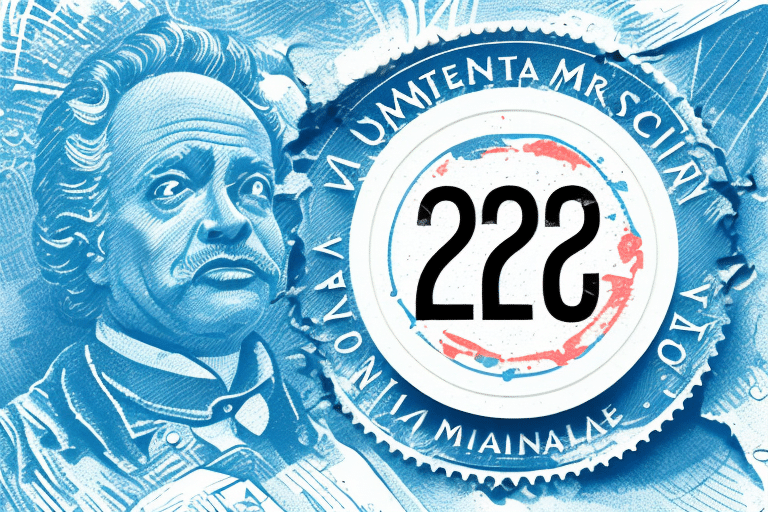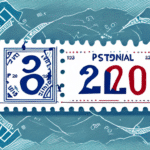What Will the Price of Stamps Be in 2023?
The price of stamps is a topic that impacts a wide range of individuals and businesses, from those sending personal letters to organizations mailing packages. As we progress through 2023, questions arise about potential changes in stamp prices and the factors influencing them. This article delves into various elements that may affect stamp pricing, analyzes historical trends, and provides insights to project future changes.
Factors Influencing Stamp Prices in 2023
Transportation and Logistics Costs
The cost of transportation and logistics remains a critical factor in determining stamp prices. Increases in fuel costs, labor wages, and materials essential for mail delivery can lead to higher stamp prices. According to the U.S. Bureau of Labor Statistics, transportation costs have been fluctuating due to market dynamics, directly impacting postal service expenses.
USPS Revenue and Operational Expenses
The United States Postal Service (USPS) must balance its revenue with operational expenses, including mail delivery to less profitable rural areas. Ensuring that revenue covers such costs is pivotal in setting stamp prices. The USPS's annual financial reports indicate ongoing challenges in maintaining profitability.
Government Regulations and Policies
Changes in government regulations or policies can significantly affect stamp pricing. Regulatory decisions by the Postal Regulatory Commission (PRC) influence how the USPS sets its rates, often requiring approval for price adjustments.
Demand for Mailing Services
Fluctuations in the demand for mailing services impact stamp prices as the USPS adapts to consumer behavior. For instance, increased reliance on digital communication may decrease traditional mail volume, compelling adjustments in stamp pricing.
Effects of the COVID-19 Pandemic
While the initial surge in online shopping during the COVID-19 pandemic strained postal services, ongoing adjustments in response to increased package deliveries continue to influence operational costs. These adjustments may affect stamp pricing as the USPS balances these expenses.
Historical Trends and Pricing Strategies
Historical Stamp Pricing Trends
Historically, the USPS has raised stamp prices regularly, typically by approximately 2.5% annually. These consistent increases reflect the organization's response to rising operational costs and economic conditions. For example, in 2022, the first-class mail rate increased by 2.9%, as reported by USPS News.
USPS Pricing Determination Process
The USPS utilizes a comprehensive pricing formula considering various expenses, such as transportation, wages, and pension funding, to set stamp prices. After calculating these costs, the USPS must seek approval from the PRC, a process that can span several months. Once approved, new rates typically take effect on January 1 of the subsequent year.
Discounts and Special Rates
The USPS provides discounts and special rates for certain mailing types, including bulk mailings and nonprofit organizations. Additionally, commemorative stamps featuring notable figures or events are often sold at premium prices and may appreciate in value as collector's items.
Expert Predictions and Economic Outlook
Industry Expert Predictions
Experts anticipate that stamp prices may continue to rise in 2023, potentially exceeding the average increase due to ongoing financial pressures faced by the USPS. Some forecast that economic strains, influenced by factors such as inflation and supply chain disruptions, could necessitate higher rates.
Economic Forecasting Impact
Economic indicators like GDP growth, inflation rates, and employment figures contribute to projections about stamp prices. According to The Economist, inflation trends in 2023 suggest upward pressure on operational costs, which may be passed on to consumers through higher stamp prices.
Technological and Consumer Behavior Impacts
Technological Advancements
The USPS has implemented technological initiatives like Informed Delivery, enhancing mail tracking and customer experience. Continued technological advancements may streamline operations, potentially mitigating some cost increases. However, significant investments in new technologies could also influence stamp pricing.
Changes in Consumer Behavior
The shift towards digital communication reduces demand for traditional mail services, directly affecting stamp sales. Conversely, the rise in e-commerce increases package delivery volume, which, while more profitable, may not entirely compensate for declines in letter mail revenue.
External Influences and Future Outlook
Government Regulations
Regulatory changes by bodies like the PRC play a pivotal role in stamp pricing. Adjustments in postal policy or mandated service changes can alter the financial landscape for the USPS, impacting how stamp prices are set.
Global Postal Service Strategies
Analyzing postal pricing strategies internationally, such as tiered pricing based on mail weight or size, offers valuable insights. Some countries provide discounts for specific groups, a model the USPS might consider to enhance competitiveness and adjust pricing structures.
Demographic Shifts
Demographic changes, including an aging population, may sustain or increase demand for traditional mail services, while younger generations' preference for digital communication continues to drive the decline in physical mail usage.
Digital Postage Solutions
Emerging digital postage solutions offer convenience and efficiency, allowing users to print postage online. These alternatives present a shift from traditional stamp usage, potentially influencing overall stamp demand and pricing strategies.
Implications for Stamp Collectors
The future of postal services influences stamp collecting, as the availability and design of stamps may change. Collectors may find unique opportunities in new digital or commemorative stamps, although overall interest could be affected by the reduced emphasis on traditional mail.
Conclusion
The determination of stamp prices in 2023 is shaped by a complex interplay of operational costs, regulatory frameworks, economic conditions, technological advancements, and evolving consumer behaviors. While predictions indicate potential price increases, the USPS's strategies to adapt to these factors will ultimately influence the direction of stamp pricing. Understanding these elements can aid individuals and businesses in making informed decisions regarding their mailing and postage needs.




















